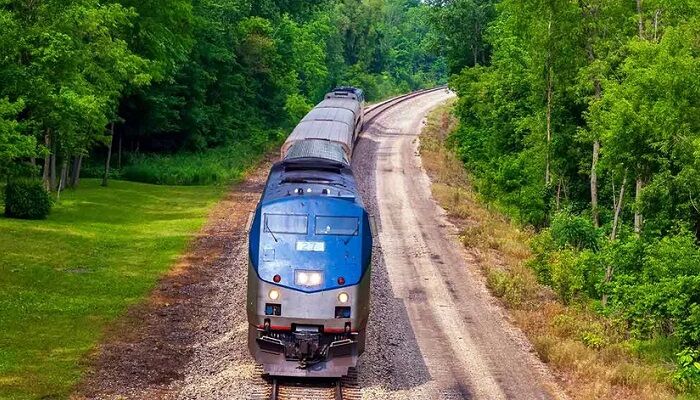On September 25, the Biden administration announced that it had allocated more than $1.4 billion to projects aimed at boosting railway safety and increasing its capacity. A significant portion of this investment is sourced from the 2021 infrastructure law.
Transportation Secretary Pete Buttigieg in a statement expressed that these projects will enhance the safety, reliability, as well as resilience of American rail. These elements, in all probability, will bring tangible advantages to numerous communities where railroads are located while also making sure to bolster supply chains throughout the country.
The money will be funding a total of 70 projects, which are spread across 35 states and also Washington. Railroad safety has become a major issue for the nation following the derailment of a train and subsequent fire in East Palestine, Ohio, this February. The disaster involved a train transporting hazardous chemicals. President Joe Biden has taken action by instructing federal agencies to make sure that the train’s operator, Norfolk Southern, is held responsible for the crash. However, despite this, a set of suggested rail safety updates has faced a delay in the Senate, where this bill is currently awaiting its fate. The White House has expressed concern that a potential government shutdown due to House Republicans could have a negative impact on the safety of the railway.
The projects offer various sets of improvements, such as track upgrades and bridge repairs, as well as enhancing railway connectivity, with the objective of making routes more immune when it comes to extreme weather conditions.
One of the projects includes funding of $178.4 million for restoring passenger service in specific areas of Alabama, Louisiana, and Mississippi along the Gulf of Mexico. The effort seeks to reestablish the service, which has been unavailable since the time Hurricane Katrina hit in 2005.
In a statement, Senator Roger Wicker (R-Miss.) expressed his gratitude for the significant milestone that has been accomplished, which symbolises the culmination of years of hard work to repair and reconnect our communities following the catastrophic effects of Hurricane Katrina. Restoring passenger rail service has the ability to generate employment opportunities, improve the overall quality of life, as well as offer a convenient mode of transportation for tourists. This, in turn, can contribute significantly to the economic growth and vitality of the region.
The grant will enable the restoration of passenger service to the Gulf Coast. Amtrak has reached a deal with CSX and Norfolk Southern Railroads last year, allowing passenger trains to operate on the tracks owned by the freight railroads.
Rail Passengers Association President & CEO Jim Mathews expressed that they have been advocating for the restoration of passenger trains to the Gulf Coast ever since they suffered damage from Hurricane Katrina. It is well to be noted that this 17-year journey has been marked by both challenges and times of happiness. Throughout this period, local champions as well as national advocates have united in their shared vision of creating a more linked Gulf Coast region.
The single largest grant, amounting to nearly $202 million, will be allocated towards the elimination of seven rail crossings in California. This funding is an essential part of the broader project aimed at building a high-speed rail line in the state. This will help minimise traffic delays and guarantee that first-timers can reach their destinations promptly.
Apart from this, the Palouse River & Coulee City Railroad in Washington State has been awarded a significant grant of $72.8 million. This grant will be utilised to upgrade the track as well as its associated infrastructure, enabling the rail line to take on modern 286,000-pound railcars.
A project in Kentucky has been granted $29.5 million to fund improvements to the Paducah and Louisville Railway, including enhancements to 280 miles of track along with other associated infrastructure.
Besides, in Tennessee, approximately $23.7 million will be allocated to enhance the infrastructure of around 42 bridges throughout 10 distinct short-line railroads.


































